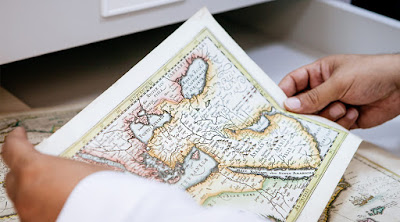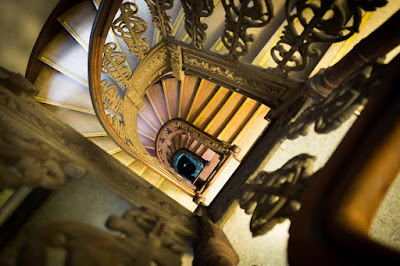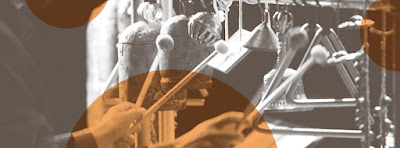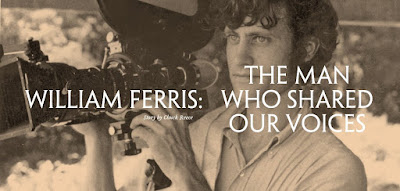
On March 6, 1963, John Coltrane and his quartet recorded at the Rudy Van Gelder Studio in New Jersey. The session was never released — until now.
"If you heard the John Coltrane Quartet live in the early-to-mid-1960s, you were at risk of having your entire understanding of performance rewired. This was a ground-shaking band, an almost physical being, bearing a promise that seemed to reach far beyond music. The quartet’s relationship to the studio, however, was something different. In the years leading up to 'A Love Supreme,' his explosive 1965 magnum opus, Coltrane produced eight albums for Impulse! Records featuring the members of his so-called classic quartet — the bassist Jimmy Garrison, the drummer Elvin Jones and the pianist McCoy Tyner — but only two of those, 'Coltrane' and 'Crescent,' were earnest studio efforts aimed at distilling the band’s live ethic. But now that story needs a major footnote. On Friday, Impulse! will announce the June 29 release of 'Both Directions at Once: The Lost Album,' a full set of material recorded by the quartet on a single day in March 1963, then eventually stashed away and lost. ..."
NY Times (Video)
Guardian: 'A new room in the Great Pyramid': lost 1963 John Coltrane album discovered (Video)
2015 March: Attica Blues (1972), 2016 June: Archie Shepp - The Magic of Ju-Ju (1967), 2011 November: John Coltrane Quartet, Live at Jazz Casual, 1963, 2012 March: John Coltrane 1960 - 1965, 2012 September: "Naima" (1959), 2012 October: Blue Train (1957), 2013 April: The World According to John Coltrane, 2013 November: A Love Supreme (1965), 2014 July: New Photos of John Coltrane Rediscovered 50 Years After They Were Shot, 2014 November: Coltrane’s Free Jazz Wasn’t Just “A Lot of Noise”, 2015 February: Lush Life (1958), 2015 May: An Animated John Coltrane Explains His True Reason for Being: “I Want to Be a Force for Real Good”, 2015 July: Afro Blue Impressions (2013), 2015 September: Impressions of Coltrane, 2015 December: Giant Steps (1960), 2016 January: Crescent (1964), 2016 April: The Church of Saint John Coltrane, 2016 July: Soultrane (1958), 2016 December: Dakar (1957), 2017 July: The John Coltrane Record That Made Modern Music, 2017 October: Live at the Village Vanguard (1962), 2017 December: Interview: Archie Shepp on John Coltrane, the Blues and More, 2018 March: Cannonball Adderley Quintet in Chicago (1959)
















































